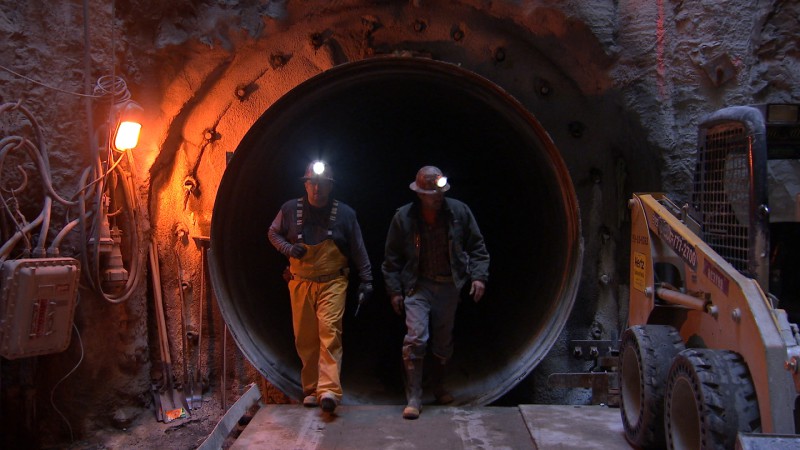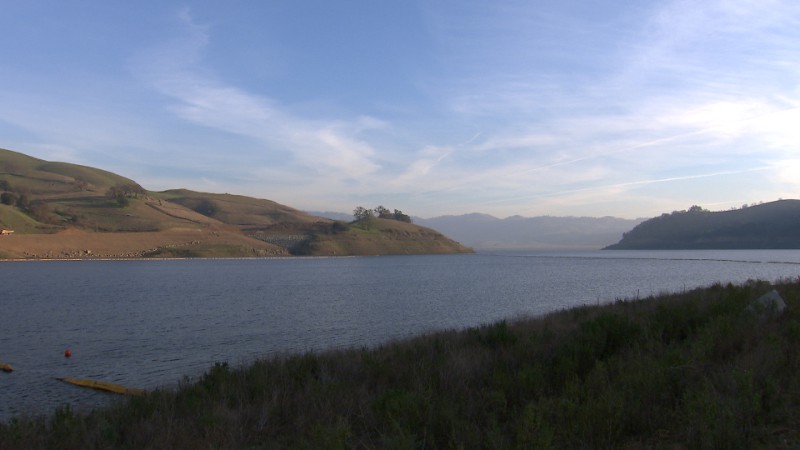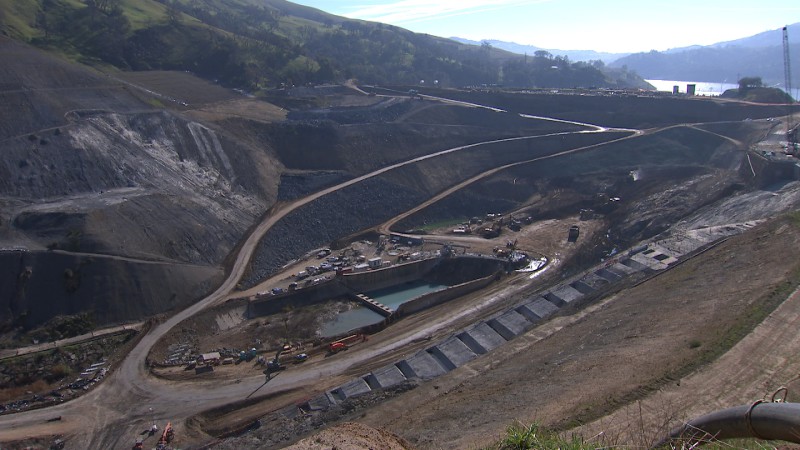Since July 2010, the San Francisco Public Utilities Commission has been hard at work on one of the biggest engineering projects in the nation, the Hetch Hetchy Water System Improvement Program. At a cost of nearly five billion dollars, the program will seismically upgrade and replace aging infrastructure that brings water from Hetchy Hetchy reservoir in Yosemite National Park, 167 miles away, to the Bay Area.
A key goal of the voter-approved program, which is scheduled to run through 2018, is to make sure that the taps can keep flowing within 24 hours of a major earthquake for the system’s 2.6 million customers who live in San Francisco, Alameda, San Mateo and Santa Clara counties.

“We have the Calaveras fault, the Hayward fault in the East Bay, and then of course the San Andreas fault on the Peninsula,” said Dan Wade, Director of the Hetch Hetchy Water System Improvement Program. “And our water system crosses all three of those major faults.”
According to the U.S. Geological Survey, there is a greater than 60 percent chance of a major earthquake taking place in the Bay Area in the next 20 years. The Hetch Hetchy water system has been operating for more than 80 years, and much of its infrastructure – including pipes, local reservoirs and a 90-year-old rock and earth-filled dam – is in need of a makeover to shield it from earthquakes.
Some of the construction projects are also intended to provide redundancy and a back-up to structures that are critical to transporting water from the Sierra Nevada watershed to the Bay Area.

